We find out why it costs so much and how you can get the real deal. This is the first of a six-part series that will give you the 101 on original designer furniture.
By Low Shi Ping
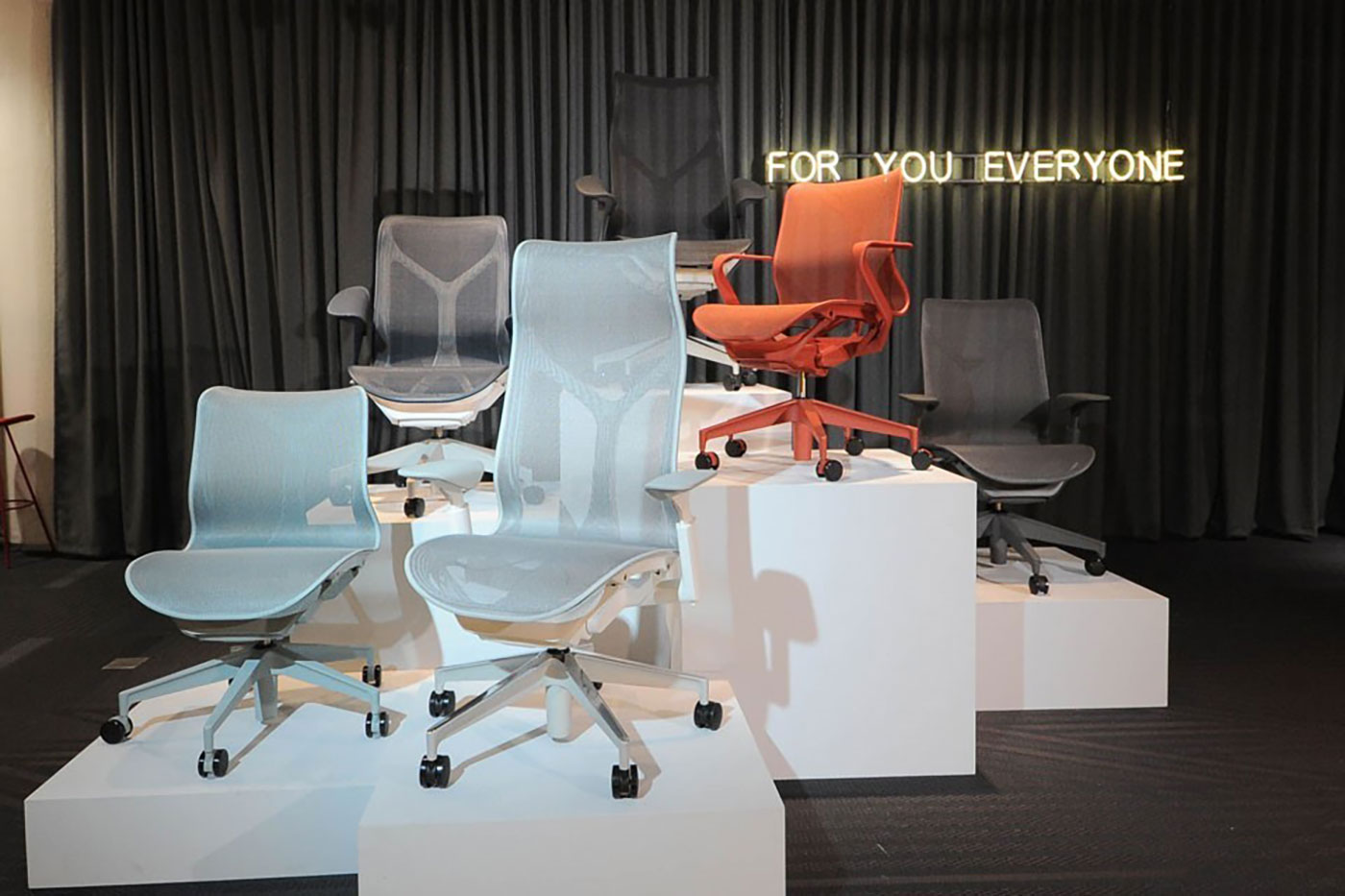
(Photo courtesy of XTRA)
It is easy to dismiss designer furniture as expensive, elitist and frivolous.
Yet, peel back the layers and you’ll find that the truth is anything but. In fact, one of its biggest advantages is value – but more on this later.
As implied, designer furniture are accessories for the living environment conceptualised by an individual, usually trained in industrial design or architecture.
The piece has to be made by, or in collaboration with, reputable manufacturers who have the know-how to maintain the spirit of the designer’s original intention.
“To the design industry, designer furniture is a recognised product of quality, rightfully acknowledges the designer behind it and safeguards its intellectual property rights,” says Lim Choon Hong, Managing Director of retailer XTRA.
Who’s who in the business
Internationally, well-known designers of furniture can loosely be split into two categories: mid-century designs, and late-20th century to present day.
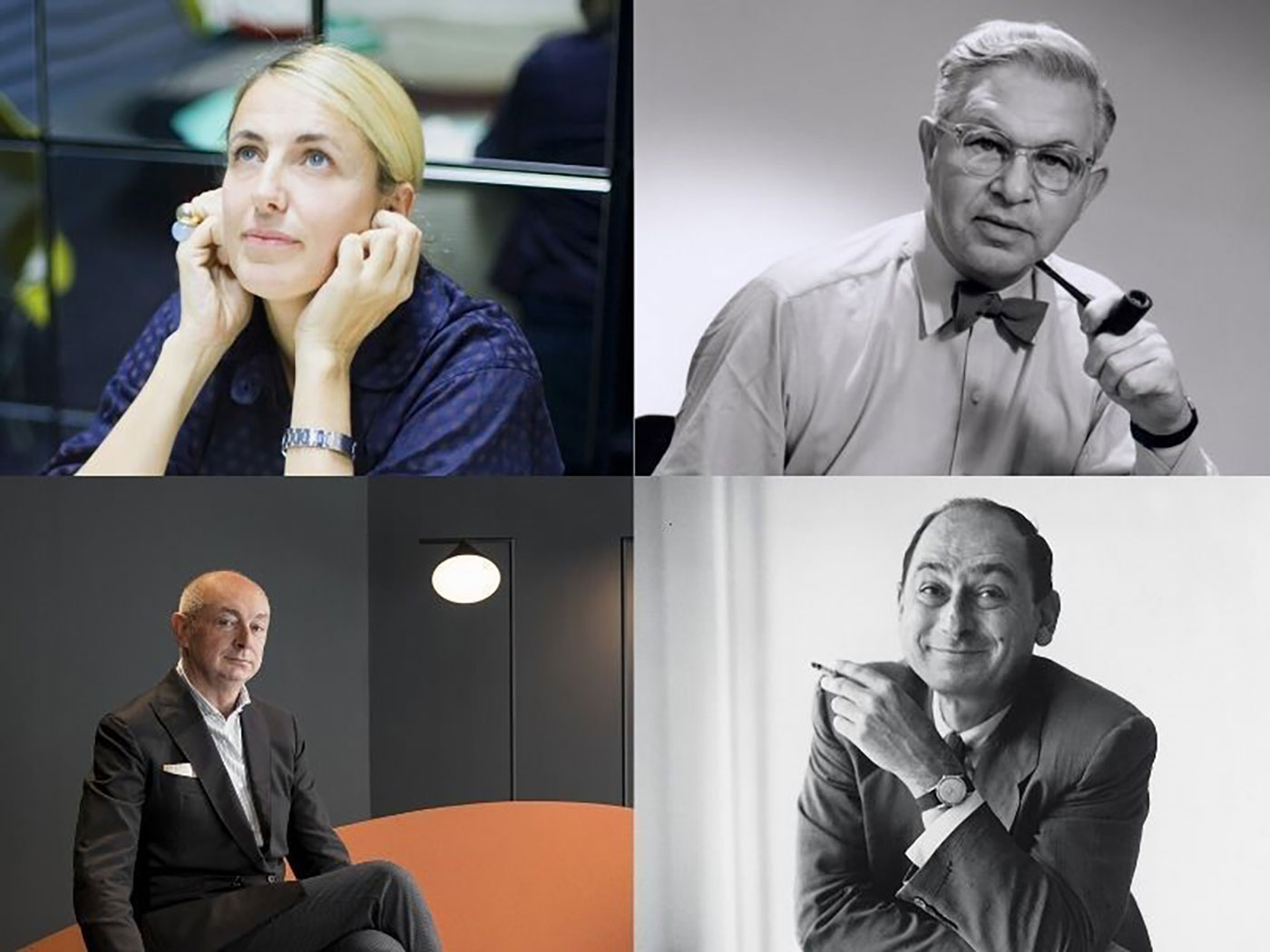
Of the former, personalities include Charles and Ray Eames, George Nelson, Eero Saarinen, Arne Jacobsen and Alessandro Mendini.
Of the latter are designers like Philippe Starck, Patricia Urquiola, Piero Lissoni, Marcel Wanders and Tom Dixon.
Singapore too has a small designer furniture community made up of individuals like Nathan Yong, Gabriel Tan, Jarrod Lim and Olivia Lee.
Speak to any of them and they will probably share that one of most common reasons why people shy away from designer furniture is because they are “expensive”.
However, Calvin Ngo, Vice-President of retailer P5, says it is all relative, “A $10,000 sofa that can last 15 years is cheaper compared to a $3,000 sofa that lasts three years.”
Lim adds, “If you factor in the cost and time invested for design development, prototypes and manufacturing, and taking into consideration quality of materials and making them to last, royalties paid to designers and distribution costs, the furniture can be expensive.
“Even if part of the processes of manufacturing are mechanised, there can be substantial parts where manual workmanship comes into play.”
The devil’s in the details
Take for example the CH24 Wishbone chair designed by Hans Wagner for Carl Hansen, one of the most iconic pieces of furniture from the 20th century. Though minimalist-looking, it requires a skilled artisan more than 100 steps to make, mostly by hand.
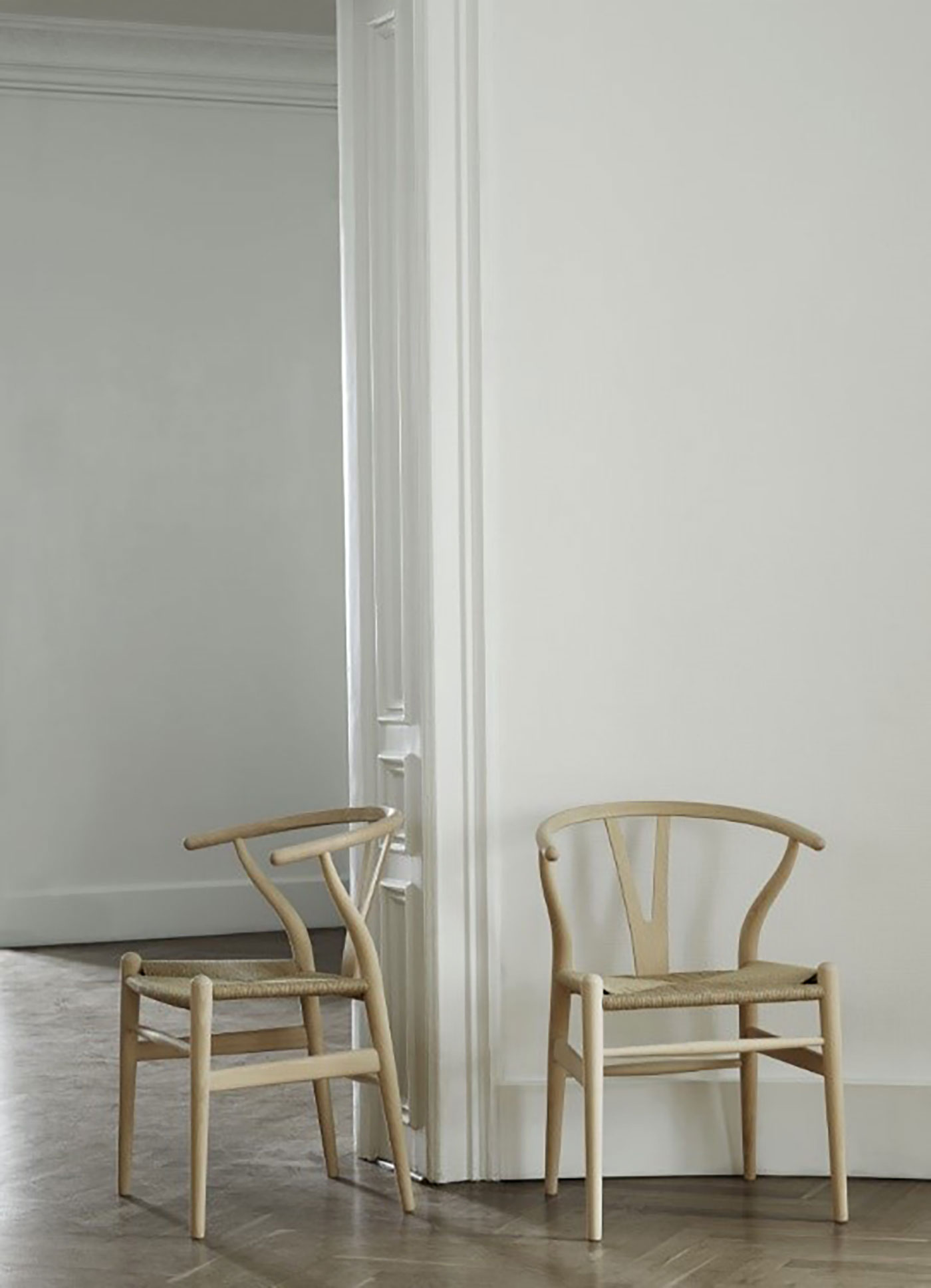
How to tell if it’s the real McCoy
- The original has a distinctive Y-shaped back.
- Its back and armrest are made up of a single piece of wood.
- The seat, which is weaved out of approximately 120m of paper cord, takes a skilled craftsman about an hour to complete.
Once you factor in the logistics of ensuring the piece gets to you in mint condition from the workshop, and the price tag of S$1,600 doesn’t seem so high after all.

We need to deliver high quality. If you sit on a chair that is not tested and you fall, you may injure yourself for the rest of your life.
What you don’t see
But there is more. Dario Reicherl is CEO Asia of Danish furniture design company Fritz Hansen – which is distributed in Singapore through W. Atelier – and a passionate advocate of designer furniture
He shares that safety and comfort are big priorities for industry players like Fritz Hansen, which is why their products undergo all kinds of tests.
“We need to deliver high quality. If you sit on a chair that is not tested and you fall, you may injure yourself for the rest of your life.”
The tests include ones for strength, stability, durability, elasticity of the upholstery and hypoallergenic qualities.
Even the textiles used to make the furniture are tested for how the colours respond to light and friction, and how they feel against the skin.
Reicherl is equally upfront about the supply chain in the designer furniture industry. Unlike ones like fashion, his has few middlemen.
“It’s basically two players: the manufacturer and dealer. Nobody becomes rich in this industry. The gross margin is typically less than 10 percent,” he reveals.
“It’s not that furniture companies are making a lot of money. If a product is more expensive, it is because of the production cost. If it is more expensive to produce, it is usually more beautiful.
“Most importantly, it will last you longer. It’s quite simple.”
Buyer Beware
However, there are companies that make copies of designer furniture such as mid-century classics, and market them as “replicas” of the original.
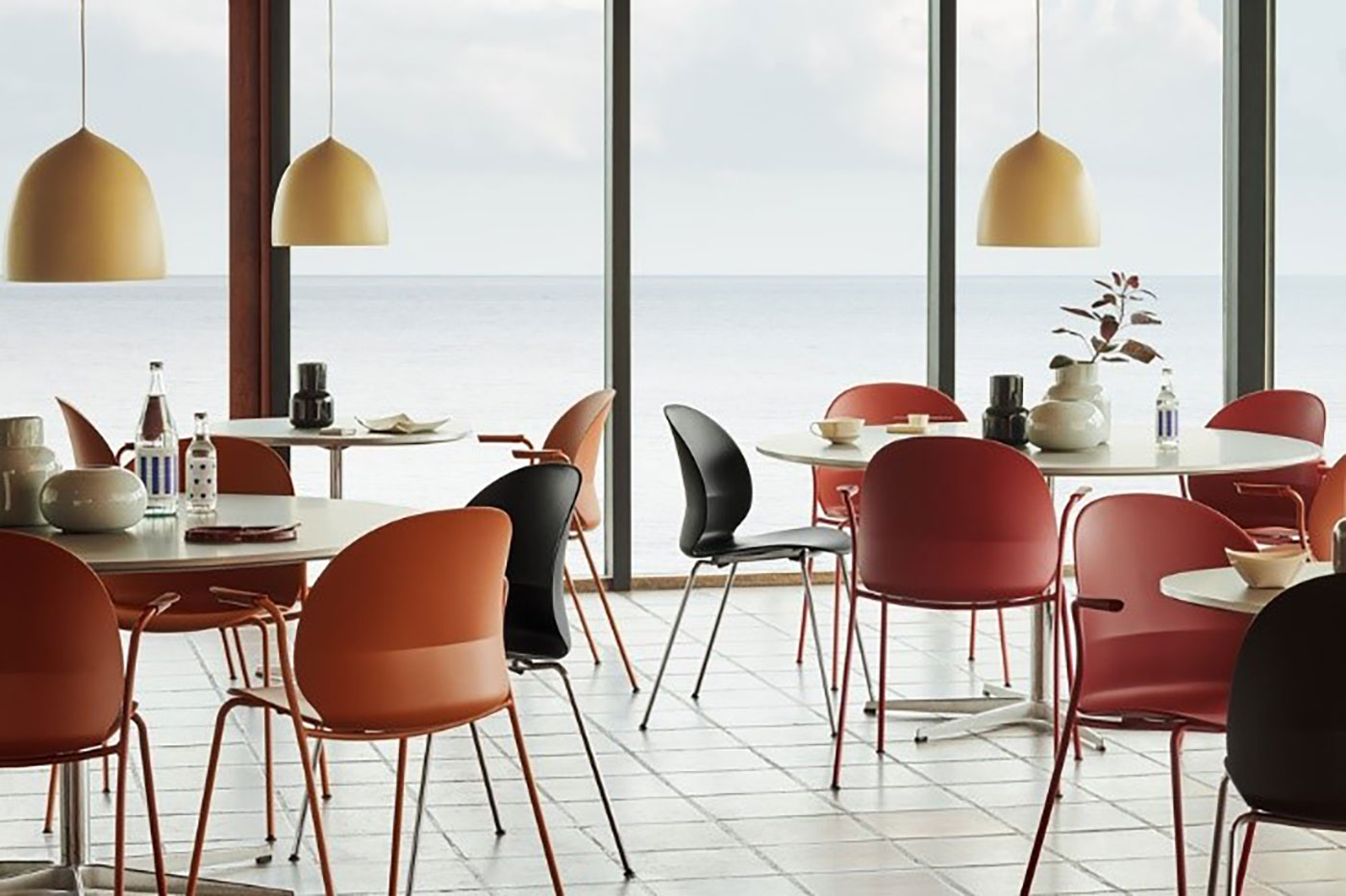
Reicherl is emphatic that there should be enhanced and extended protection for original designs. On the flip side, he points out that if there was no demand, there would be no supply either.
“For example, I believe most designers push for original designer furniture. But when the client says he cannot afford it, that’s the moment of truth.
“The designer should refuse for the client to have a copy because it is his or her reputation at stake.”
How to avoid buying replicas
For end-consumers who are purchasing their own furniture and want to avoid being conned, the first thing to do is to research online.
Tips:
- Research on the designs first
- Buy only from authorised dealers
- Check for the brand label
- Confirm there is a warranty period
- Scrutinise the workmanship
- Be sceptical if the price is too low
Ngo adds that poor workmanship is an obvious marker too, pointing to irregular stitching and an oddly-shaped silhouette as red flags.
Salespeople of designer furniture retailers like Xtra, P5 and Fritz Hansen will be very forthcoming about the products they sell, providing information about the designers and production process.
Their after-sales service is also just as reliable, seeing to repairs or even replacements if necessary, and giving advice on how to maintain the furniture.
Adds Lim, “Part of the joy and satisfaction of owning an original is to be able to be drawn into the story and history of the designer and the company that makes them and feel that you are part of it.
“There’s a sense of permanence when you can enjoy your piece of designer furniture for years because they are so well made.”
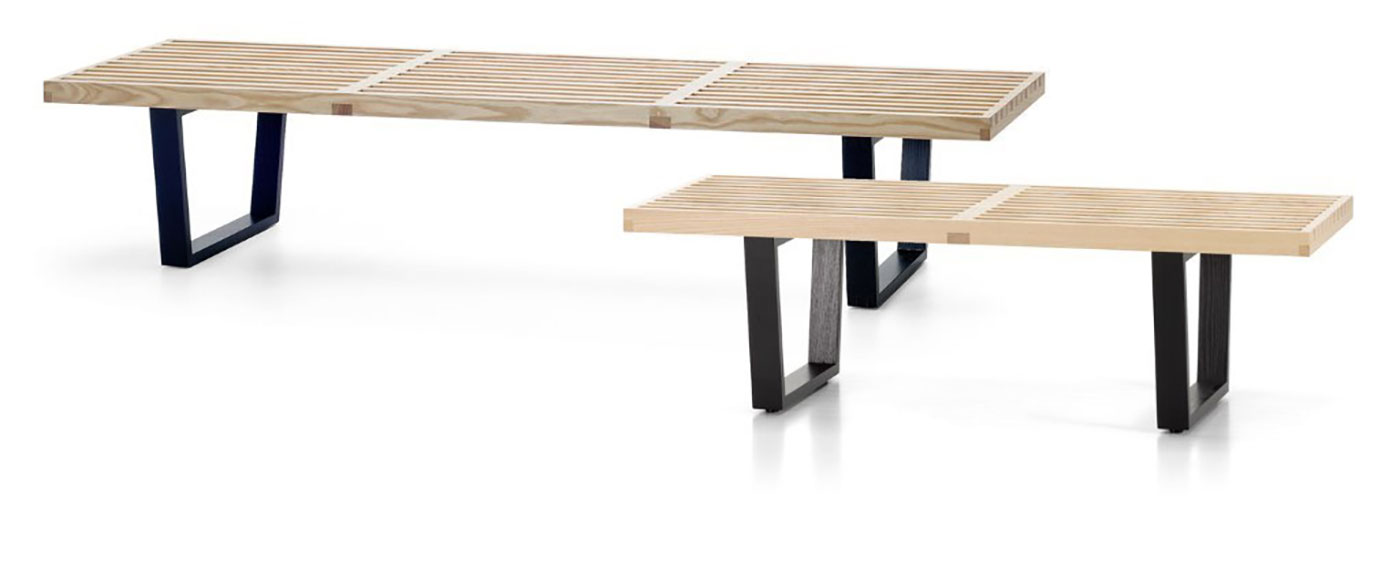
Typically referring to pieces conceptualised in the mid-20th century till present day, designer furniture has its roots in the Bauhaus movement that centred on the ideal that clean forms and function are equally important. Among the earliest pieces given this label was George Nelson’s Platform Bench launched in 1946.
Having just survived two world wars, designers living in that era were looking for a simpler way of life, free of fussy ornamentation but that could also be beautiful, even sculptural. These they sought to create through using materials like metal, glass, fiberglass, plastic and wood, which were low-priced and easily available.
The influences from the greats like Nelson, Charles Eames and Verner Panton are still tangible today, with many contemporary furniture designers taking cues from that era. For instance, Houe is a Danish brand established in 2007 that retailer P5 has brought in, which visibly draws on its heritage of Scandinavian design. Its pieces feature classic organic lines with the minimal use of colour.
How furniture designs are protected in Singapore
In Singapore, furniture designs may qualify for copyright protection as artistic works or protection as registered designs. Copyright protection is automatically granted as soon as the original work is created and expressed in a tangible form without further need for registration.
For most types of artistic works, copyright lasts for the life of the creator plus a further 70 years. However, the copyright protection in the artistic work will be lost if it is “industrially applied”.
Generally, “industrial application” is defined to mean that 50 or more reproductions of the product deriving from the design have been made and offered for sale.
Designs of mass-produced furniture are encouraged to be protected as registered designs as detailed in the section “Protect your designs”.
Protect your designs
Local and foreign designers are encouraged to register their new designs in the country where they intend to produce or sell the pieces. In Singapore, this is done at the Intellectual Property Office of Singapore (“IPOS”). Once the design is registered, it is protected for an initial period of five years with the opportunity to renew the registration every five years, up to a maximum of 15 years.
Like copyright, once the term of registered design protection expires, the furniture design passes into the public domain and can be used by anyone without obtaining permission from the owner.
Designer furniture for every budget












